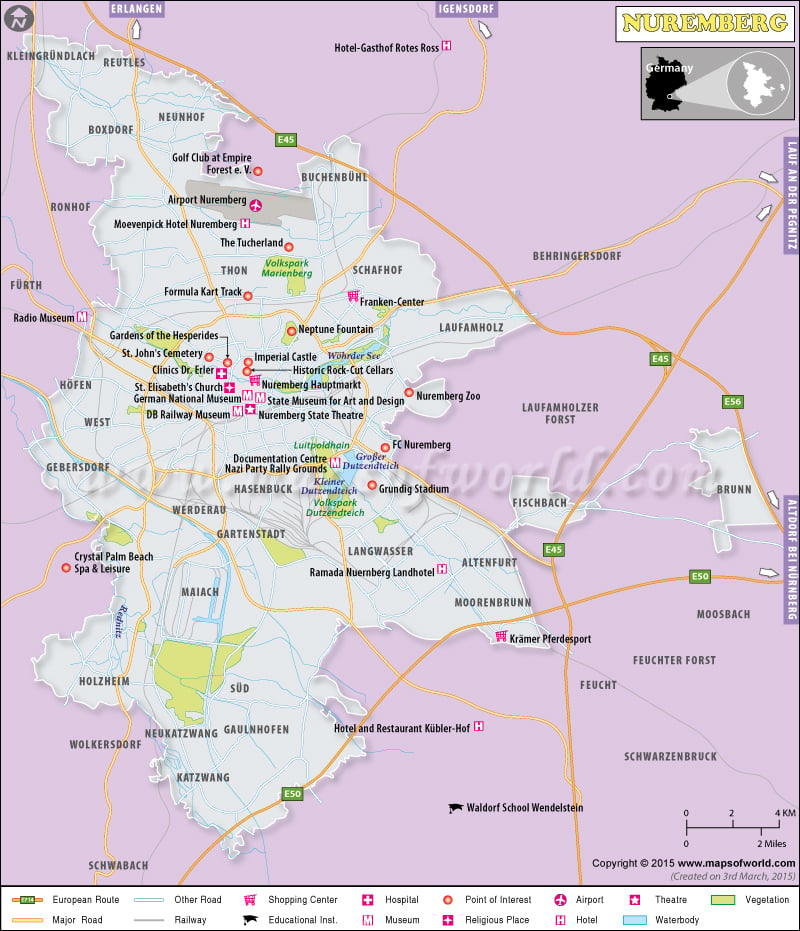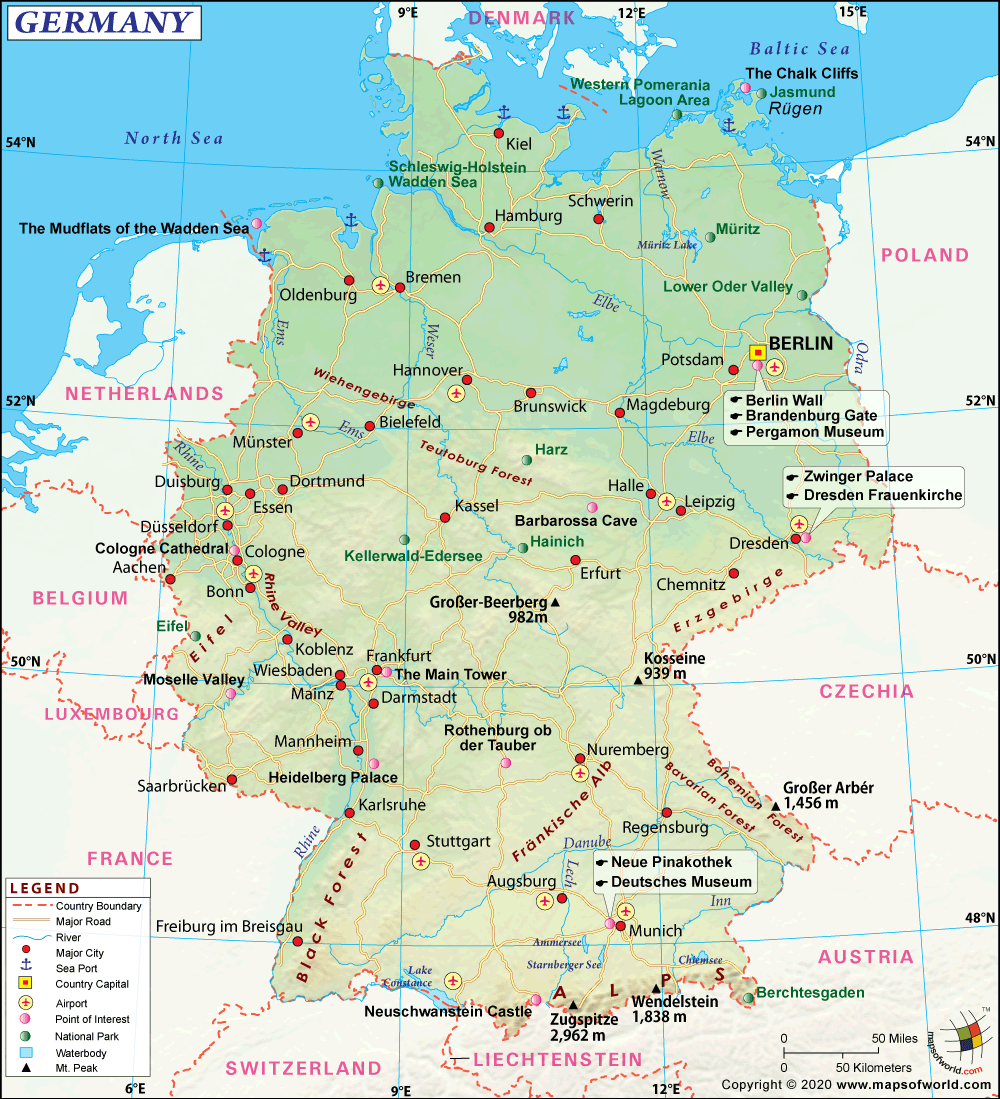What were The Nuremberg Trials?

The rise of Adolf Hitler and the Nazi party in Germany was followed by one of the darkest and most horrifying cases of genocide and ethnic cleansing in the history of mankind. The party planned and authorized the systematic, state sponsored murder of about 6 million European Jews and about 4 million non-Jews (who had been deemed enemies of the Nazi state). By the end of World War II-Adolf Hitler, the Führer of Germany and the leader of the Nazi Party had committed suicide. Some of his close aides and associates who were at the core of the Nazi pogrom had also decided to end their own lives. There remained hundreds of others, though, who were deeply enmeshed in the execution of the pogrom and benefited from it. These people – Nazi Party officials, high-ranking officers of the SS and the German Military, prominent German industrialists, doctors, judges and lawyers, who had supported Hitler’s agenda – were bought to trial in Nuremberg, Germany. These 13 highly publicized trials were held between 1945 and 1949 and stoked strong sentiments. The best-known among these were held between November 20, 1945, to October 1, 1946. The Nuremberg Trials remain controversial because of the introduction of new trial procedures and because many have challenged the very legal context of these trials.
In December 1942, the US, Great Britain, and the Soviet Union had jointly denounced the mass murder of Jews by the Nazi regime and had resolve to prosecute the perpetrators. By the end of World War II, however, the Allies lacked a single and uniform legal framework to prosecute or punish the accused. After much ground work the London Charter of the International Military Tribunal (IMT), issued on August 8, 1945. American lawyer, Robert H. Jackson led the prosecution and the judges were provided by the US, Britain, France and the Soviet Union.
The indictments against the accused were brought under four counts – The indictment lodged against them contained four counts:
- crimes against peace
- crimes against humanity
- war crimes
- common plan or conspiracy to commit the other three counts
The first and the best-known of the Nuremberg Trials – the Trial of Major War Criminals – was held between November 20, 1945, and October 1, 1946 and 24 prominent Nazis were indicted. Of these 24, one was in absentia and Hermann Göring, the head of the German Air Force, committed suicide. The other 10 were found guilty and was eventually executed.
Subsequently 12 other trials were held between 1946 and 1949 before US military tribunals instead of the IMT. These included prominent industrialists accused of using slave labour- Army and SS officers accused of atrocities in concentration camps and against prisoners of war, doctors accused of inhuman experimentation and lawyers-judges accused of furthering the Nazi agenda. Of the 185 defendants, 12 were given the death sentence, 8 sentenced to life imprisonment, and others given prison terms.
The Nuremberg trials remain controversial for having been conducted according to the laws of four different nations, for having used legal standards that are debatable and for being a display of power rather than principle. The trials however, paved the way for the establishment of international law and international trial proceedings.
Related Links:

